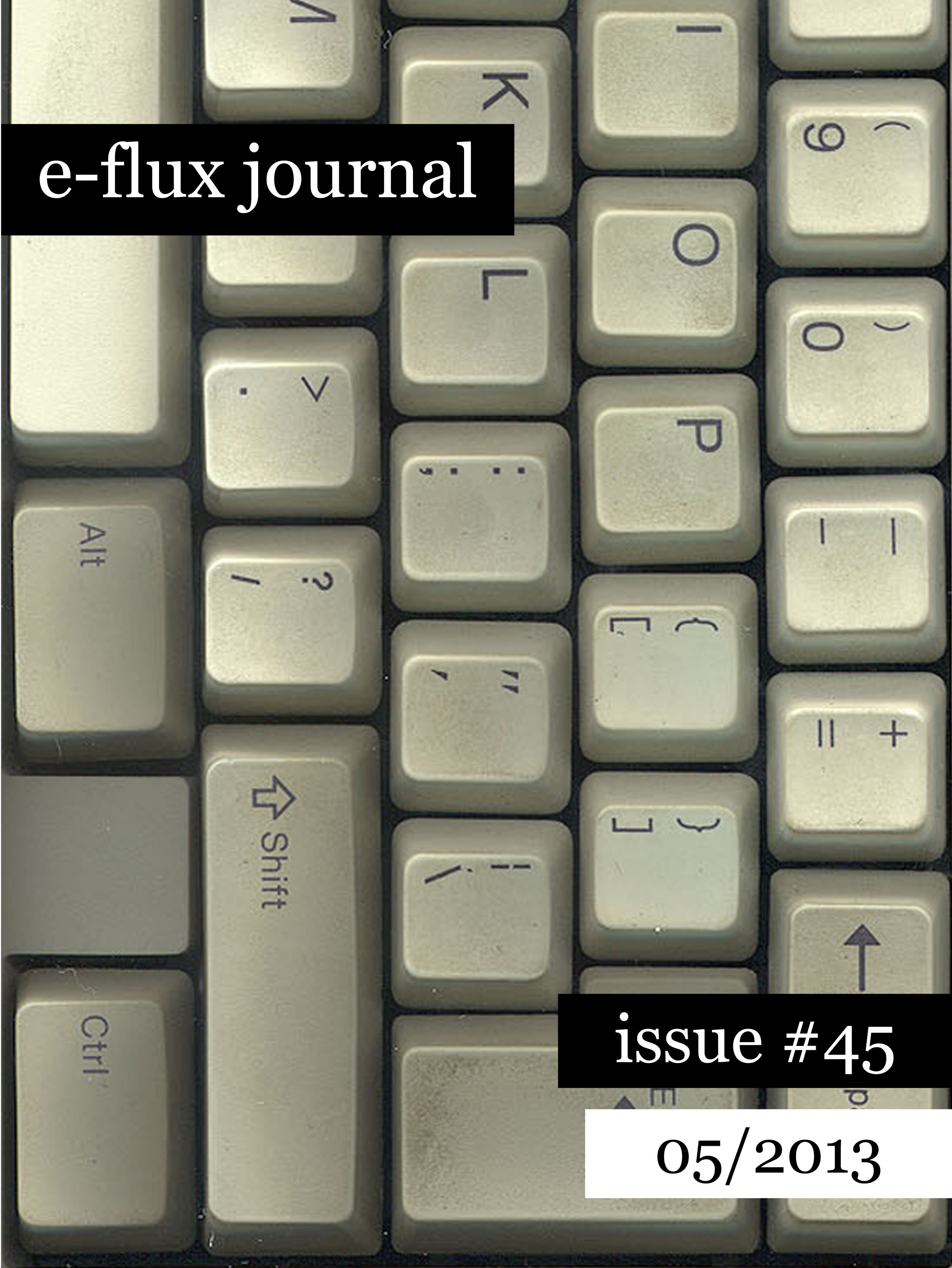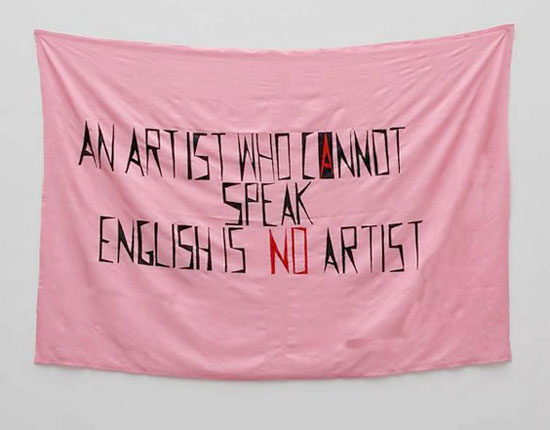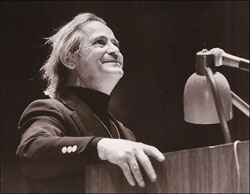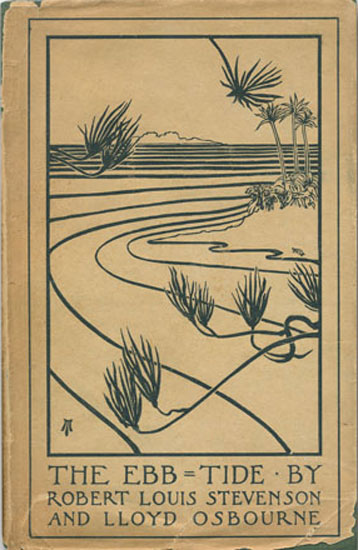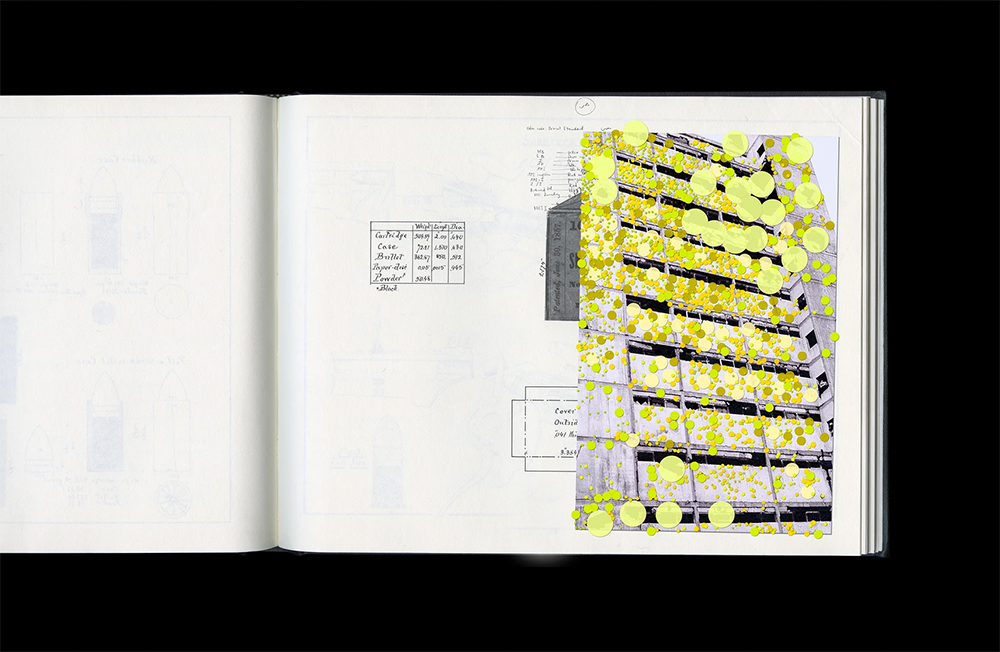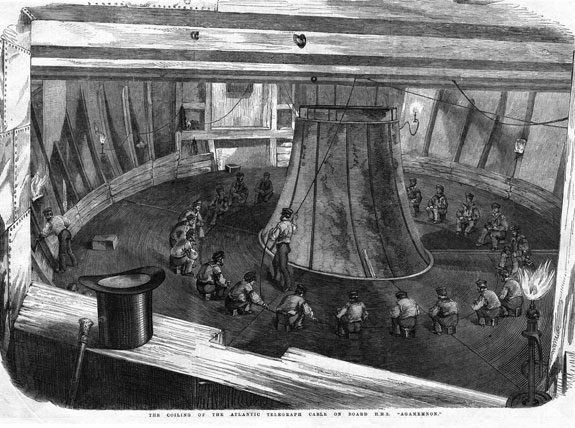Last year, Triple Canopy published Alix Rule and David Levine’s “International Art English.”1 As a broad critique of globalized artspeak semantics, the essay has since sparked many debates around the exaggerated claims and imprecise promotional language of contemporary art. In this issue of e-flux journal, Martha Rosler and Hito Steyerl each respond to Rule and Levine’s essay.
***
Let’s start with something else. Ever heard of the English Disco Lovers? A fantastic online project trying to ...
Issue #45
May 2013
With: Julieta Aranda, Brian Kuan Wood, Anton Vidokle, Hito Steyerl, Martha Rosler, Geert Lovink, Ana Teixeira Pinto, Abou Farman, Natasha Ginwala, Vivian Ziherl, and Boris Groys
In April, Mark Epstein from the Cooper Union Board of Trustees announced the end of fully subsidized education across the college's art, engineering, and architecture schools. It was a closing chapter in a ferocious battle in the college since it announced its insolvency in 2011. But it may be the beginning of something else.
The details are too complex to fully describe here. On the one hand, a shortfall in Cooper's endowment became unsustainable following the market crash of 2007–2008. An e...
View List
View Grid
9 EssaysMay 2013
Last year, Triple Canopy published Alix Rule and David Levine’s “International Art English.”1 As a broad critique of globalized artspeak semantics, the essay has since sparked many debates around the exaggerated claims and imprecise promotional language of contemporary art. In this issue of e-flux journal, Martha Rosler and Hito Steyerl each respond to Rule and Levine’s essay.
***
If one examines Lacanist obscurity, one is faced with a choice: either reject capitalist Marxism or conclude...
The “social media” debate is moving away from presumed side effects, such as loneliness (Sherry Turkle), stupidity (Andrew Keen), and brain alterations (Nicholas Carr), to the ethical design question of how to manage our busy lives. This Foucauldian turn in internet discourse sets in now that we have left behind the initial stages of hype, crash, and mass uptake. Can we live a beautiful life with a smart phone, or is our only option to switch it off and forget about it? Do we really have to be b...
“The Whole Earth,” whose first iteration can be seen at the Haus der Kulturen der Welt in Berlin, is a project by Diedrich Diederichsen and Anselm Franke that takes as its point of departure the Whole Earth Catalog by Stewart Brand. In 1966, Brand initiated a campaign for the release of satellite images of earth that he believed NASA possessed, and which he felt would be a powerful icon for the notion of a shared human experience and destiny. One such image graced the cover of the catalog and ca...
Can we make art after we die? What are the possible media for an art of the afterlife? To consider the possibility seriously is not to revisit work that deals with grief and dying, or with the mere representation of the afterlife. It is not to ask the disenchanted to return to the open arms of the Church.1 But it does require that we reexamine the limits around our ideas of transformation; it does require that we parse “the secular” as the background code that determines the parameters for many ...
When R.L. Stevenson undertook his first transatlantic voyage at the age of 25, journeying to reunite with his future wife in California, he wrote the essay “The Amateur Emigrant.” This writing became the first chapter of his collected works, Essays of Travel, published in 1905. On board the Devonia from London to New York in August of 1879, he opens with scenes from “The Second Cabin”:
A few Scandinavians, who had already grown acquainted on the North Sea, were friendly and voluble over the...
Weather is the key paradox of our time. Weather that is nice is often weather that is wrong. The nice is occurring in the immediate and individual, and the wrong is occurring systemwide.
—Roni Horn in 20071
The sublime of the nineteenth century was described by Kant as the feeling of watching an avalanche from a distance. A glacier crumbles, a frozen world breaks down, creating awe and shock and awe again, pleasure and horror at the same time—but always at a remove. Today the sublime of ...
The topic of this essay is artistic work. I am not, of course, an artist. But in spite of being quite specific in some respects, artistic work is not fully autonomous. It relies on the more general—social, economic, technical, and political—conditions of art production, distribution, and presentation. During recent decades these conditions have changed drastically, due first and foremost to the emergence of the internet.
In the period of modernity, the museum was the institution that defined ...
